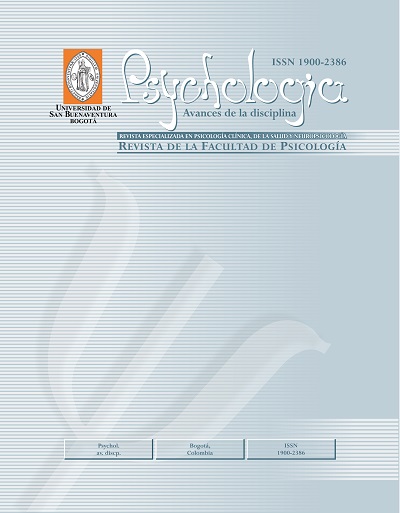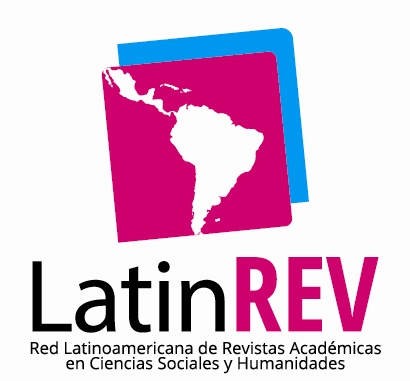Esta revista proporciona un acceso abierto inmediato a su contenido, basado en el principio de que ofrecer al público un acceso libre a las investigaciones ayuda a un mayor intercambio global de conocimiento.
Por tanto se acoge a la Licencia Creative Commons 4.0 Atribuciones Reconocimiento – NoComercial – CompartirIgual (by-nc-sa): No se permite un uso comercial de la obra original ni de las posibles obras derivadas, la distribución de las cuales se debe hacer con una licencia igual a la que regula la obra original.
http://creativecommons.org/licenses/by-nc-sa/4.0/
Resumen
La investigación sobre la evaluación de la ansiedad social en Iberoamérica es escasa. En los últimos años se ha informado sobre las características psicométricas del “Cuestionario de ansiedad social para adultos” (CASO) en distintos países iberoamericanos, excepto Perú. El objetivo de este estudio fue analizar las pruebas de validez basadas en el constructo, las pruebas de validez basadas en la relación con otras variables de tipo convergente y la fiabilidad del CASO, utilizando una muestra no clínica de 3064 peruanos. El análisis factorial confirmatorio comprobó que el modelo de cinco factores relacionados se ajustaba mejor a los datos que el modelo jerárquico y se halló que el modelo unifactorial no tenía un buen ajuste. Las correlaciones entre los factores del CASO (de .608 a .709) indicaron que cada uno de ellos evalúa aspectos específicos del constructo y aportan, a su vez, a la medición global del mismo. Los coeficientes de fiabilidad fueron de aceptables a muy buenos (.78# w# .85, .75# w# .83). La alta correlación (r= .69) con la subescala de Ansiedad de la “Escala de ansiedad social de Liebowitz, versión de autoinforme” (LSAS-SR), apoya su relación con la variable convergente. Estas adecuadas características psicométricas del CASO respaldan su utilización con población peruana.
















